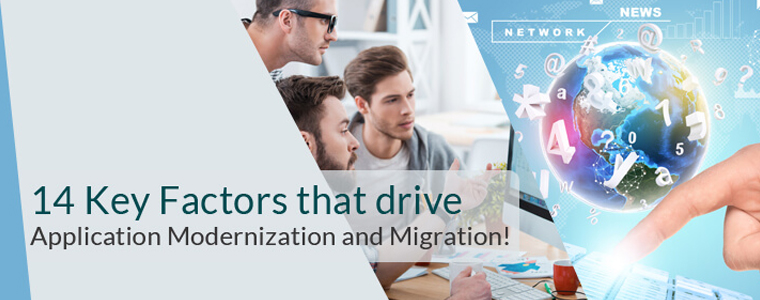
By Dr. Ronald Mueller | Published on January 12th, 2017 | Last updated on June 25th, 2019 |
Does your organization rely on legacy systems for daily operations? Are you in a dilemma whether to go for application modernization services or not? These are some common questions in organizations depending on legacy systems like VFP for daily operations. Today’s organizations definitely require application modernization to sustain business innovation and agility in the face of mounting IT complexity.
“IT industry follows volatile trends as yesterday’s cutting edge technologies become today’s legacy systems with technology evolving day-by-day” says G.N. Shah, Chief Technology Officer Macrosoft Inc. “Moving to new technologies and stable platforms such as .NET drive organization’s growth, productivity and creates competitive advantage.”
Most organizations do not have a clear plan for retiring legacy applications and they end up spending IT budgets for supporting phased out technologies or obsolete systems. With online services driving business strategy, Application modernization is rapidly becoming imperative and this transformation needs a coordinated approach.
Organizations prefer to build custom applications tailored to meet their business needs rather than going for IT systems off-the-shelf. When organizations expand their business more applications are built and they start to lose control of custom-build applications. Maintaining and supporting legacy systems together with the inability to cope with the potential risks of retiring aging systems are typical challenges faced by organizations. Keeping such systems up and running requires skilled resources in legacy technologies which are hard to find in today’s IT world. As a result, the application landscape in organizations becomes cluttered and impedes business agility and innovation. It is high time to opt for application modernization services so as to foster a better business environment.
So what drives application modernization? Application modernization trends shows migration to .NET environment as the most sought solution. Here are the key drivers that push organizations for application modernization:
Business Drivers
Technology Drivers
Market Drivers
Legacy application modernization requires a cost effective and quality solution that easily integrates with current systems to drive easier governance. So how can you get started with modernization? Before you take the plunge to application migration process, start with an assessment of the current state of IT environment and target state vision. This helps to create a strategic modernization roadmap.
An effective roadmap for application modernization can help organization to utilize their IT budget to maximize value to business. Application modernization services should help legacy system modernization to mitigate risks and enhance flexibility at lower costs.